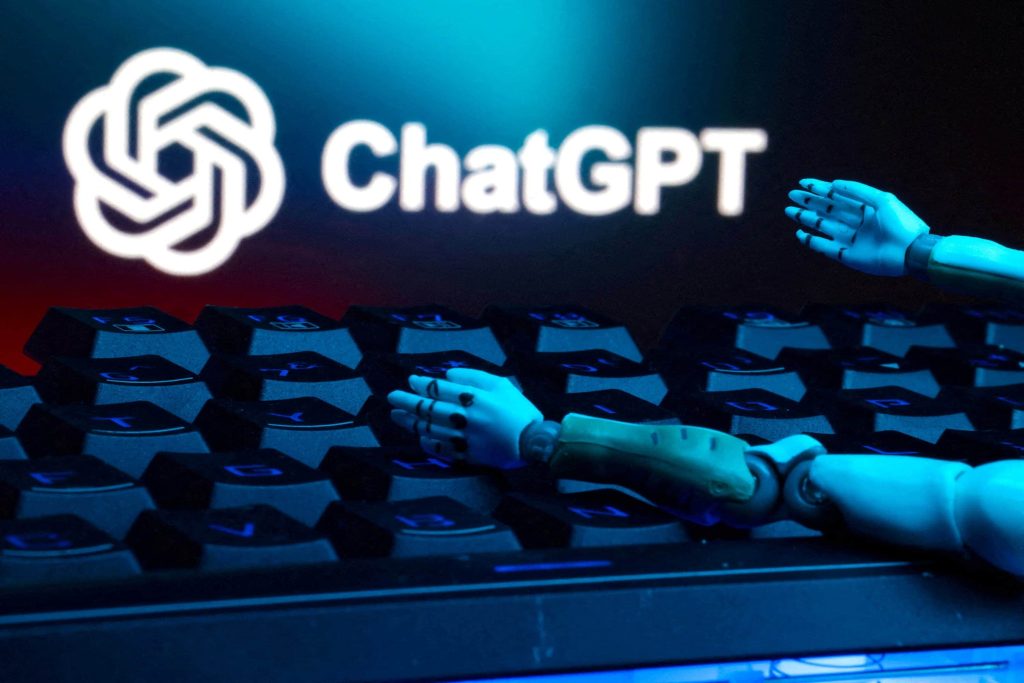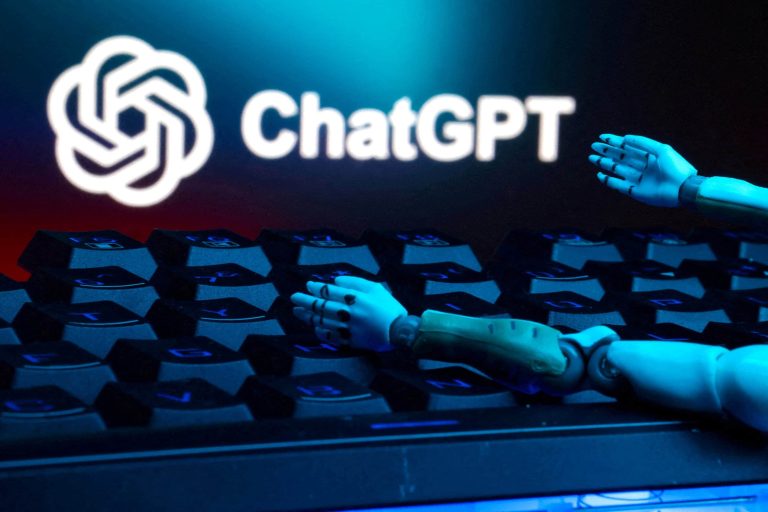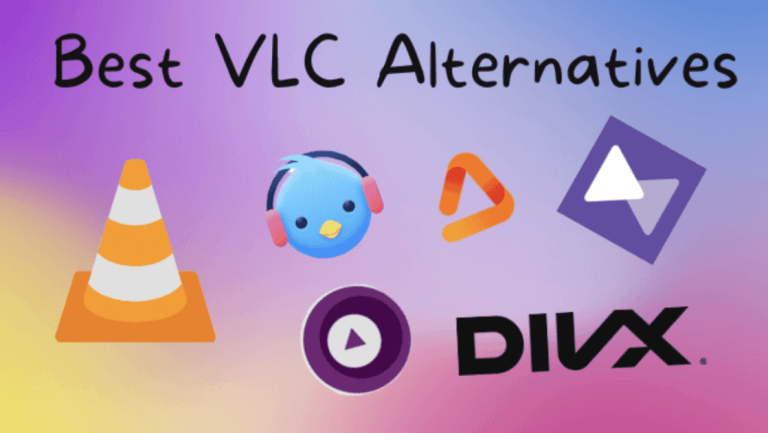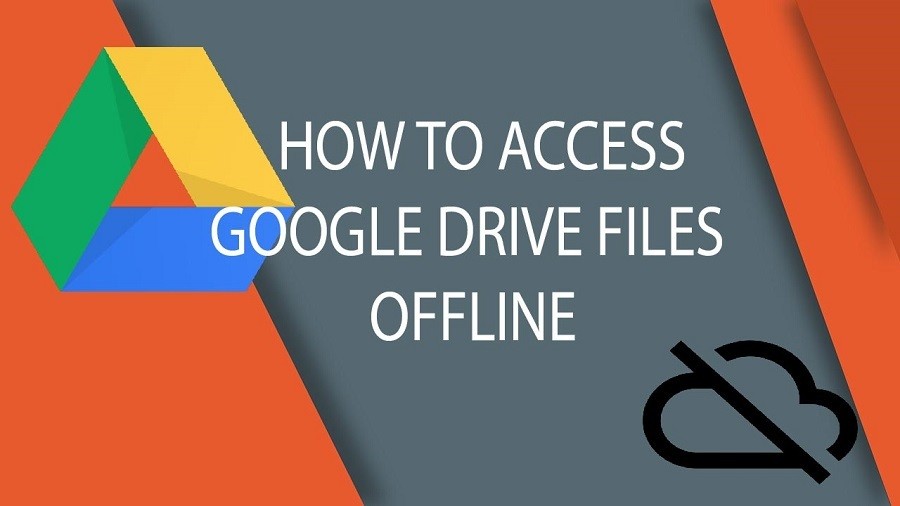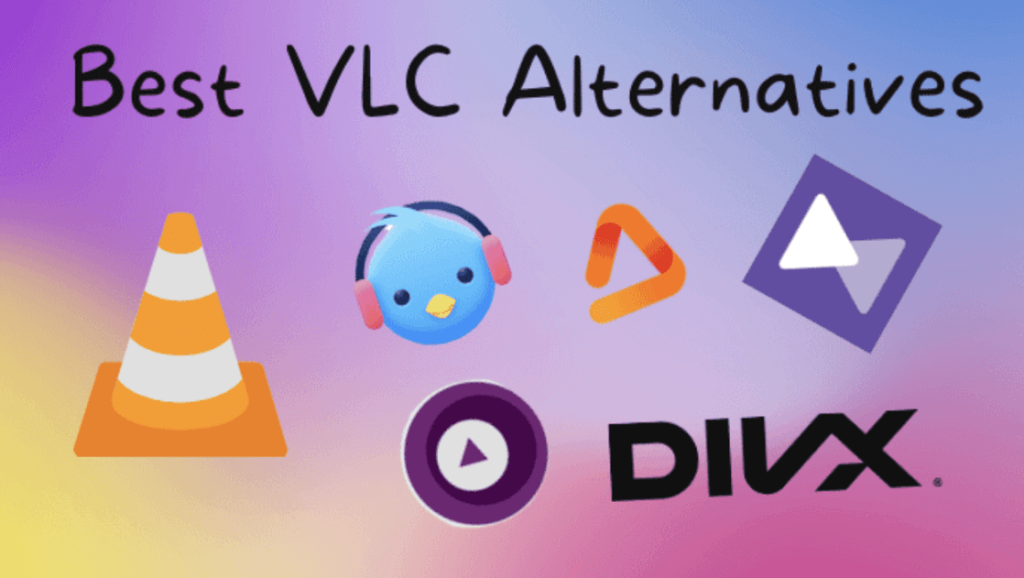In early 2025, OpenAI introduced two significant additions to its AI model lineup: o3 and o4-mini. These models represent a leap forward in AI reasoning capabilities, offering enhanced performance in tasks requiring complex problem-solving, coding, and multimodal understanding.
🧠 OpenAI o3: Advancing AI Reasoning
The o3 model, released on April 16, 2025, is designed to excel in tasks that demand advanced reasoning and problem-solving skills. It employs a “private chain of thought” mechanism, allowing the model to internally deliberate before generating responses, thereby improving accuracy in complex scenarios.
Key Features:
-
Enhanced Reasoning Abilities: o3 demonstrates superior performance in mathematical and logical tasks, achieving a 96.7% score on the 2024 American Invitational Mathematics Examination (AIME) and an 87.5% on the ARC-AGI benchmark, surpassing the human-level threshold of 85%.
-
Improved Coding Proficiency: In software engineering benchmarks, o3 scored 71.7% on the SWE-bench Verified test and attained a Codeforces Elo rating of 2,727, indicating a high level of coding competence.
-
Deliberative Alignment for Safety: The model incorporates a novel safety technique called deliberative alignment, which enables it to assess the safety implications of prompts through internal reasoning, reducing the likelihood of generating unsafe or inappropriate content.
-
Multimodal Capabilities: o3 can process and reason over visual inputs, such as images and sketches, enhancing its ability to interpret and respond to complex, multimodal prompts.
💡 o4-mini: Efficiency Meets Performance
Released alongside o3, the o4-mini model offers a balance between performance and computational efficiency. It is designed to deliver high-quality reasoning capabilities while being more accessible in terms of resource requirements.
Highlights:
-
Cost-Effective Reasoning: o4-mini provides advanced reasoning abilities at a lower computational cost, making it suitable for applications where resources are limited.
-
Multimodal Processing: Similar to o3, o4-mini can handle both text and image inputs, allowing it to perform tasks like analyzing whiteboard sketches during its reasoning process. OpenAI Help Center+4Wikipedia+4The Verge+4
-
Accessibility: The model is available to all ChatGPT users, including those on the free tier, with enhanced versions like o4-mini-high offered to paid subscribers for improved accuracy and faster processing times. The Verge+2Wikipedia+2Wikipedia+2
🔍 Comparative Performance Metrics
| Benchmark/Test | o3 Score | o1 Score | Improvement |
|---|---|---|---|
| ARC-AGI Benchmark | 87.5% | 32% | +55.5% |
| AIME 2024 (Mathematics) | 96.7% | 83.3% | +13.4% |
| Codeforces Elo Rating (Coding) | 2,727 | 1,891 | +836 |
| SWE-bench Verified (Coding) | 71.7% | 48.9% | +22.8% |
These metrics underscore the substantial advancements o3 brings over its predecessor, o1, particularly in reasoning-intensive tasks.Next Big Future
🔄 Transition to GPT-5
Despite the impressive capabilities of o3, OpenAI announced a strategic shift in February 2025, opting to streamline its model offerings. CEO Sam Altman revealed that the company would integrate the features of o3 into the upcoming GPT-5 model, aiming to simplify the user experience and provide a unified AI system. This move is intended to eliminate the complexity of choosing between multiple models and to deliver a more cohesive AI solution. AIVAnet+2Digital Trends+2Pure AI+2
🌐 Implications and Future Outlook
The introduction of o3 and o4-mini signifies a pivotal moment in AI development, showcasing significant strides in reasoning, safety, and multimodal processing. These models not only enhance the capabilities of AI systems but also set new benchmarks for performance and efficiency.Informa TechTarget
As OpenAI transitions to GPT-5, integrating the strengths of o3 and o4-mini, users can anticipate a more powerful and streamlined AI experience. This evolution reflects OpenAI’s commitment to advancing AI technology while prioritizing user accessibility and safety.


